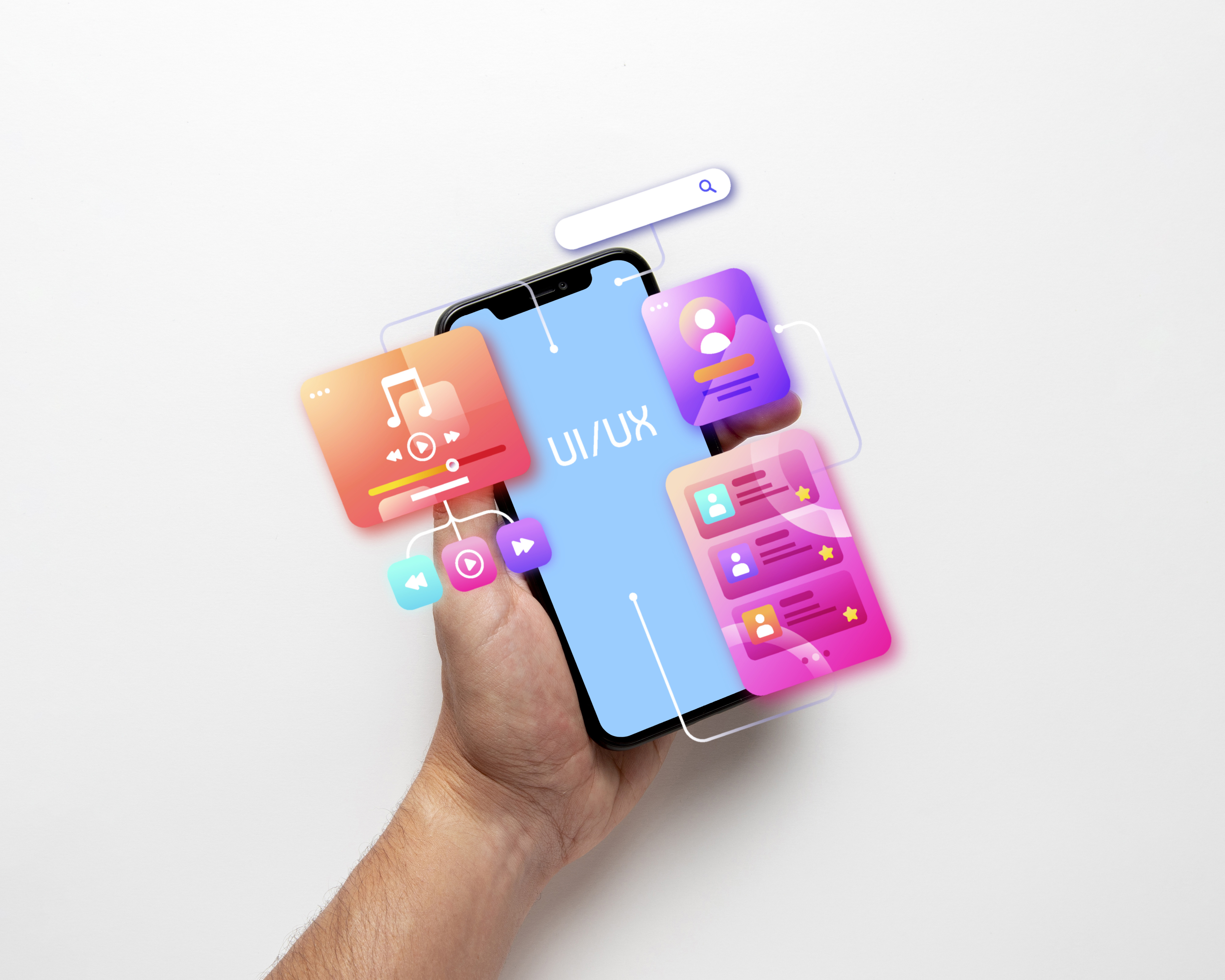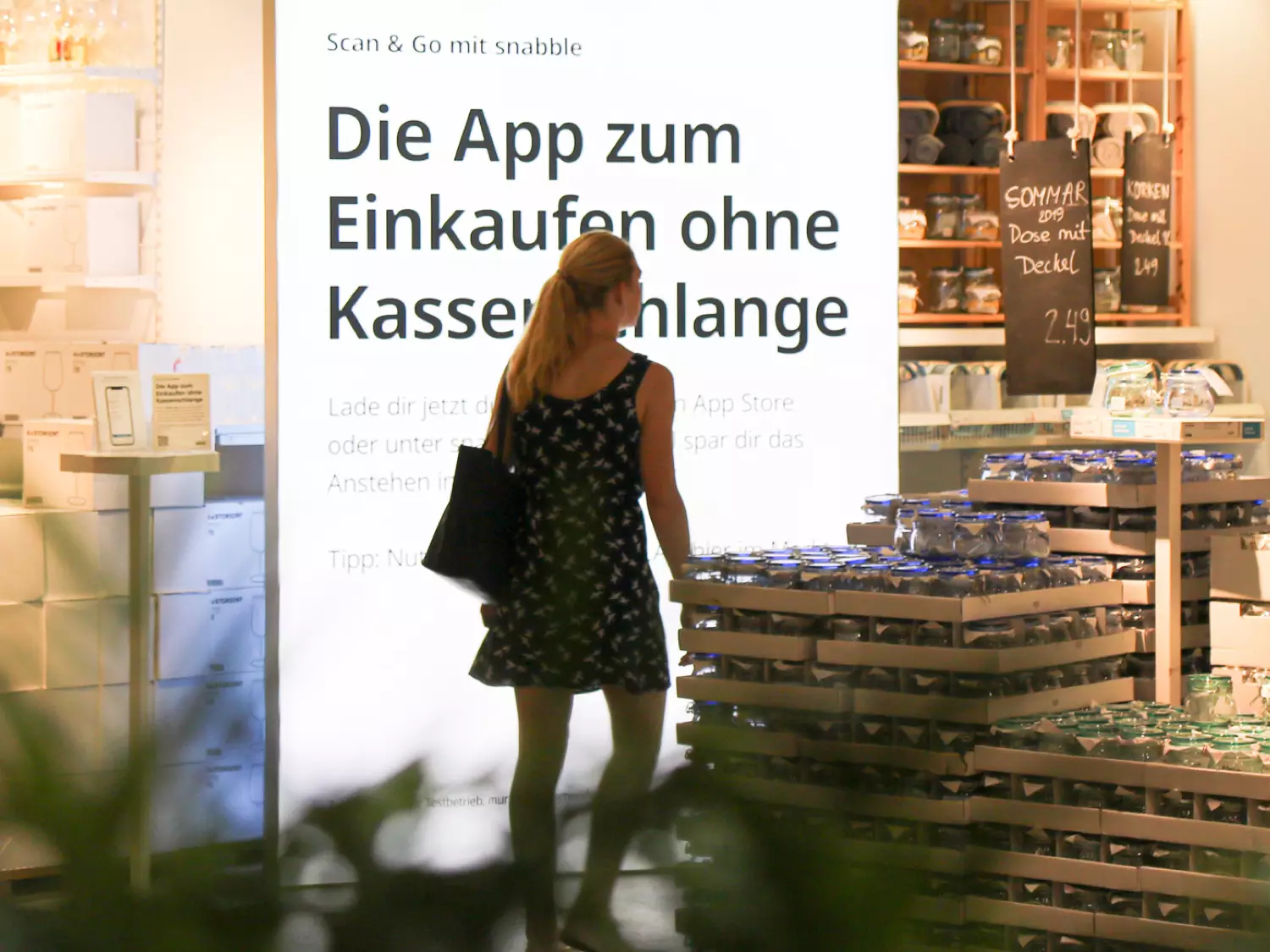Efficient UX Design for Modern POS Systems
In retail, the user-friendliness of a system often determines the efficiency and satisfaction of in-store operations. At Snabble, we’ve focused on developing a POS system that is not only technologically advanced but also delivers exceptional user experience.
Our POS solution is a comprehensive and flexible system that can be deployed on both stationary and mobile POS devices. By enabling the entire checkout system to fit into a compact mobile device, our solution offers high mobility and flexibility throughout the store. Whether at a traditional checkout, in self-checkout mode (SCO), or with a mobile POS device, our system seamlessly adapts to the needs of retailers and optimizes in-store processes. With its user-friendly interface and the ability to conduct transactions from any point in the store, employees can work more efficiently and enhance customer service.
In this article, we take an in-depth look at the design principles and considerations that shape our modern POS system and make it a unique solution.
- Integration into Daily Operations: UX Design for Cashiers
- Material Design and Extensions
- Flexibility through Branding and Customization
- The Design Process: From Wireframes to User Feedback
- Conclusion
Integration into Daily Operations: UX Design for Cashiers
The primary focus in developing our POS solution was to seamlessly integrate its extensive features into the daily routines of cashiers. The challenge was to create a system that allows cashiers to perform their tasks efficiently and intuitively without being overwhelmed by the complexity of the functions. To achieve this, we have considered the following design principles:
Intuitive Layout: Functions are arranged to align with the workflows of cashiers. Key features are easily accessible, and the user interface is designed to support the natural workflow. The operation is facilitated through large, easily readable buttons and a clear menu structure. This design reduces training time and minimizes errors in the busy checkout environment.
Contextual Relevance: Only the necessary information and functions are displayed at each step of the task to avoid overwhelming the user interface and to simplify decision-making.
Fast Response Times: Our POS system is designed to respond quickly to inputs. Long wait times during transactions are a thing of the past, enhancing both efficiency and employee satisfaction.

Material Design and Extensions
Our design components are based on Android's Material Design, known for its clarity and user-friendliness. However, we have made adjustments to meet the specific needs of the POS system:
- Extended Components: The standard components have been broken down and expanded to support the unique features of our POS system. This has allowed us to integrate customized solutions that meet the specific needs of retail businesses.
- Consistent Design Language: Despite the extensions and customizations, we have maintained a uniform design language. This ensures that all new and modified components seamlessly integrate into the overall look and feel of the user interface.
Flexibility through Branding and Customization
Our POS solution is designed to offer high flexibility, especially in terms of branding and customization:
Color Scheme and Branding: The color scheme of the POS system follows Snabble's corporate design guidelines but also allows for the integration of branding colors and imagery from individual companies. This enables retailers to represent their own branding and maintain a consistent brand identity.
Self-Checkout Integration: The flexible design is particularly crucial for the self-checkout mode, allowing businesses to implement their unique requirements and branding preferences. The integration of branding elements can further personalize the shopping experience and provide customers with a seamless brand experience. The ability to quickly and easily convert traditional checkout counters into self-checkout stations offers significant flexibility, especially during peak times or staffing shortages. The user interface automatically adapts to the self-checkout mode, eliminating the need for additional training. The interface remains clear and intuitive, enabling customers to scan and pay for their purchases with ease. Visual aids support the process, reducing the need for staff intervention.

The Design Process: From Wireframes to User Feedback
The design process for our POS system included several key phases:
Wireframes and Prototypes: The development began with creating wireframes and a prototype. These early designs are used to define the basic layout and user interactions, and to gather initial feedback from users.
Thorough Testing: During an extensive testing phase, the user interface is rigorously examined. This process helps identify and address any weaknesses before the POS system goes live.
Ongoing User Feedback: We continuously gather feedback from users and integrate it into the ongoing development of our system. This iterative approach ensures that our POS system is always aligned with user needs and continuously improved.
Conclusion
The design of our modern POS system at Snabble is the result of meticulous planning and a deep understanding of user needs. By combining intuitive user navigation, extendable Material Design, and flexibility for custom branding, we offer a POS solution that is both functional and aesthetically pleasing. Our ongoing focus on usability and the integration of user feedback ensure that our POS system meets the highest standards and helps retailers streamline their business processes efficiently.
Whether for self-checkout, primary, or secondary POS systems, our cloud-based POS solution provides the foundation for modern and flexible POS solutions that meet the demands of today’s retail environment.
Share this
You may also like
These related stories

Successful app design - tips and best practices

Insights: 300 Customers At IKEA About Their Experience With Snabble
